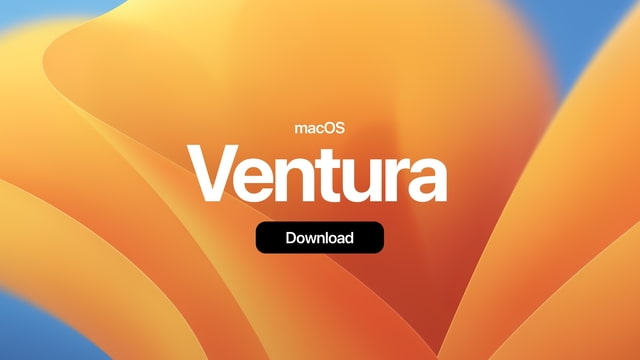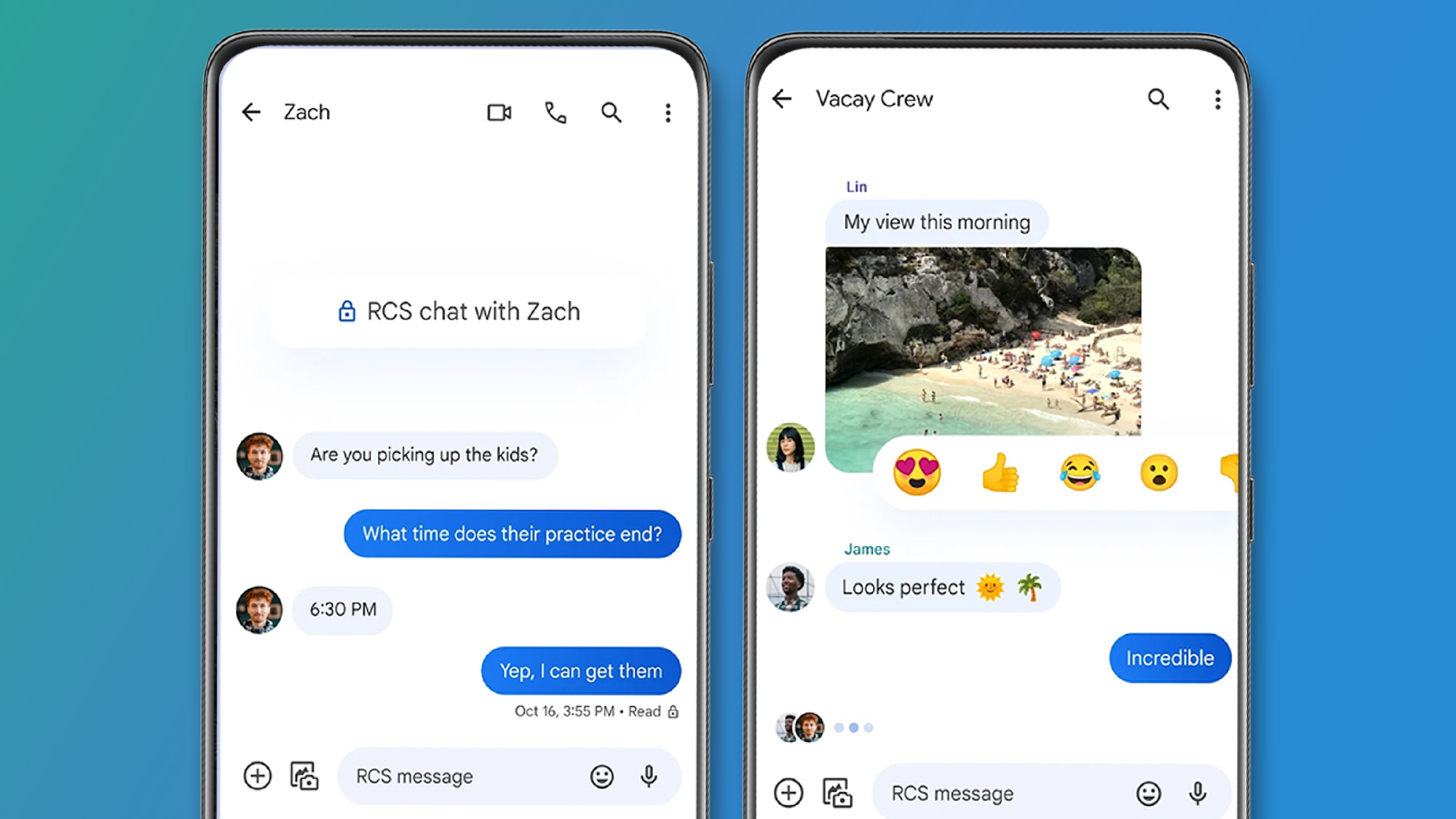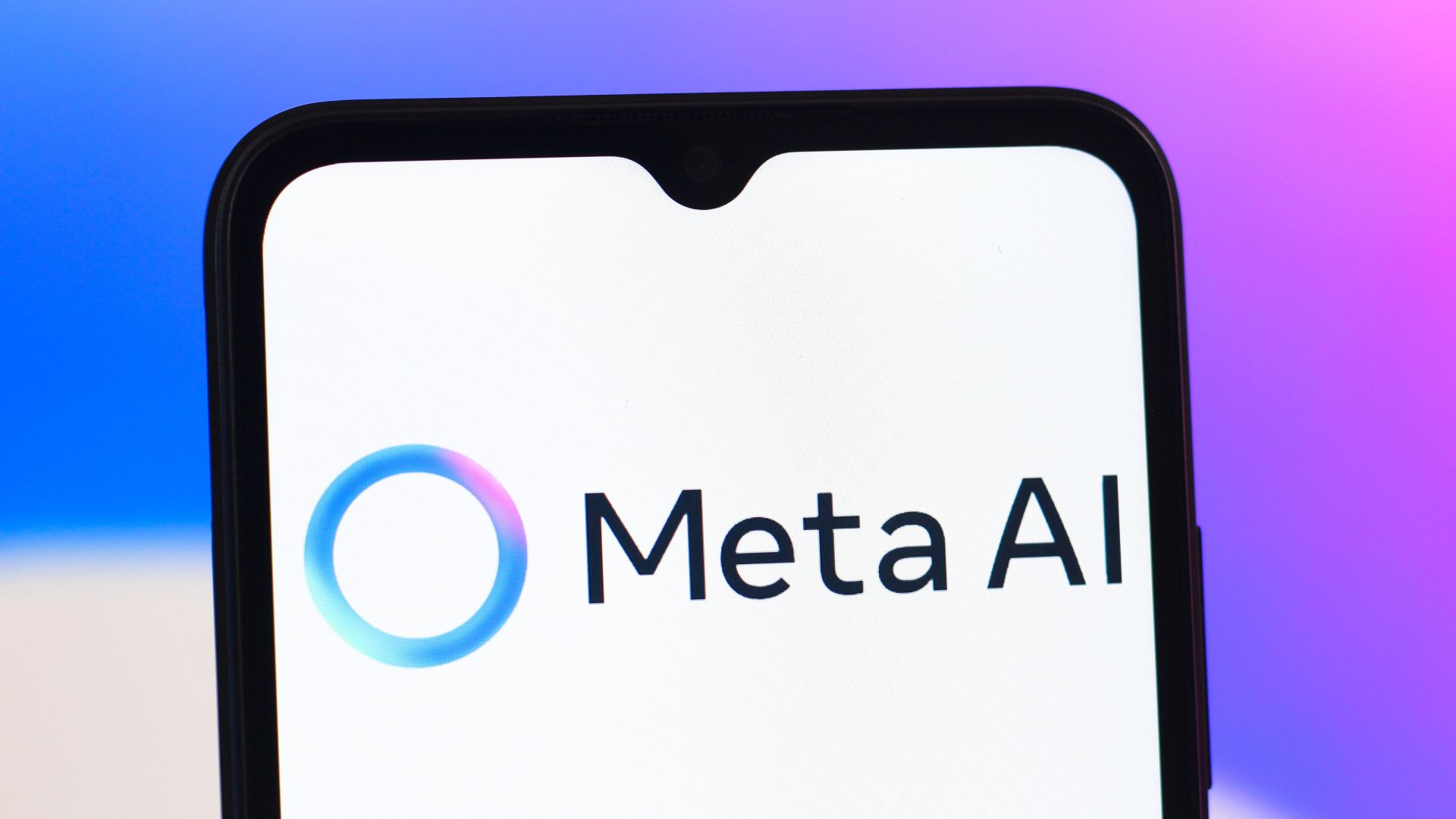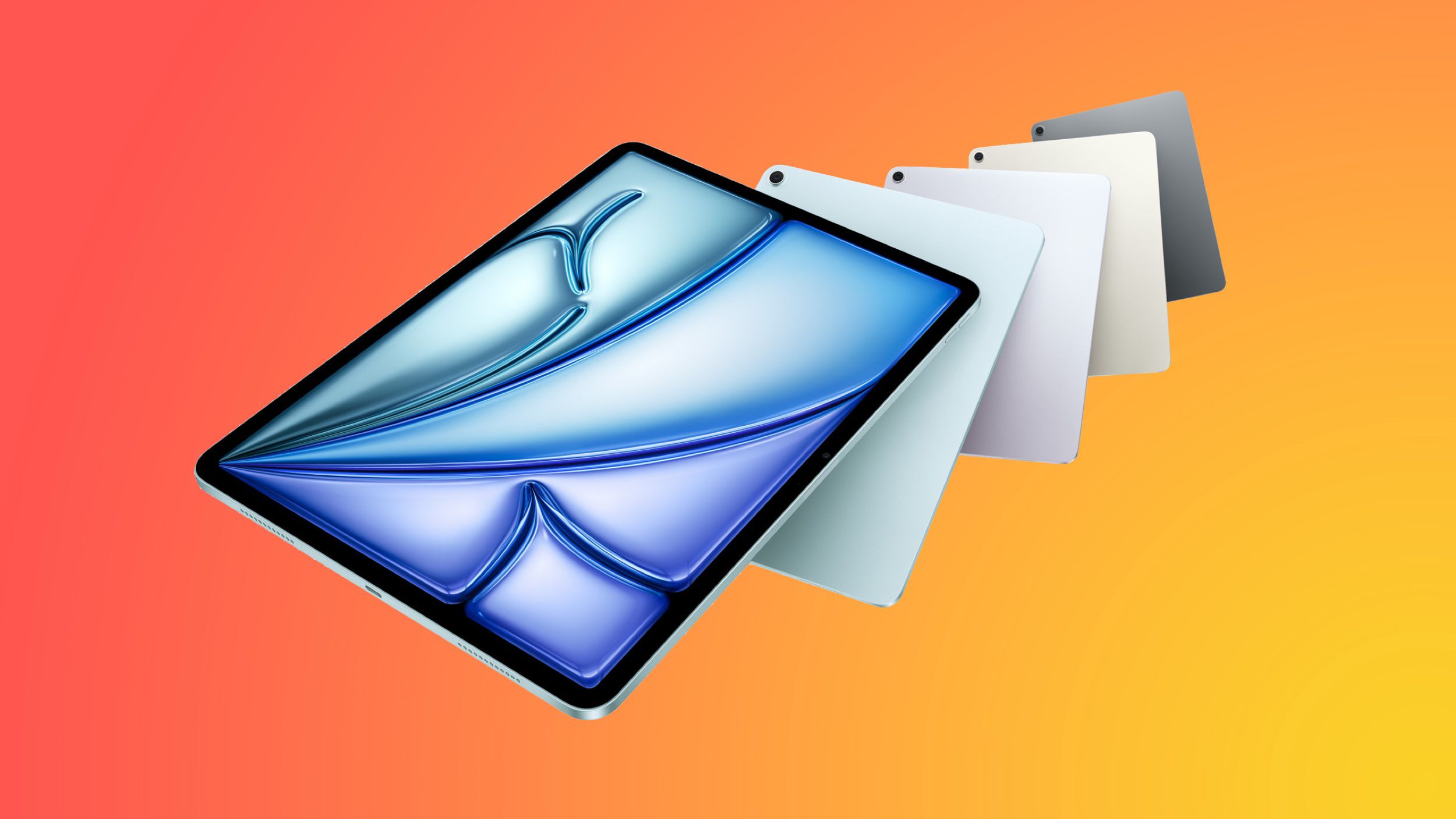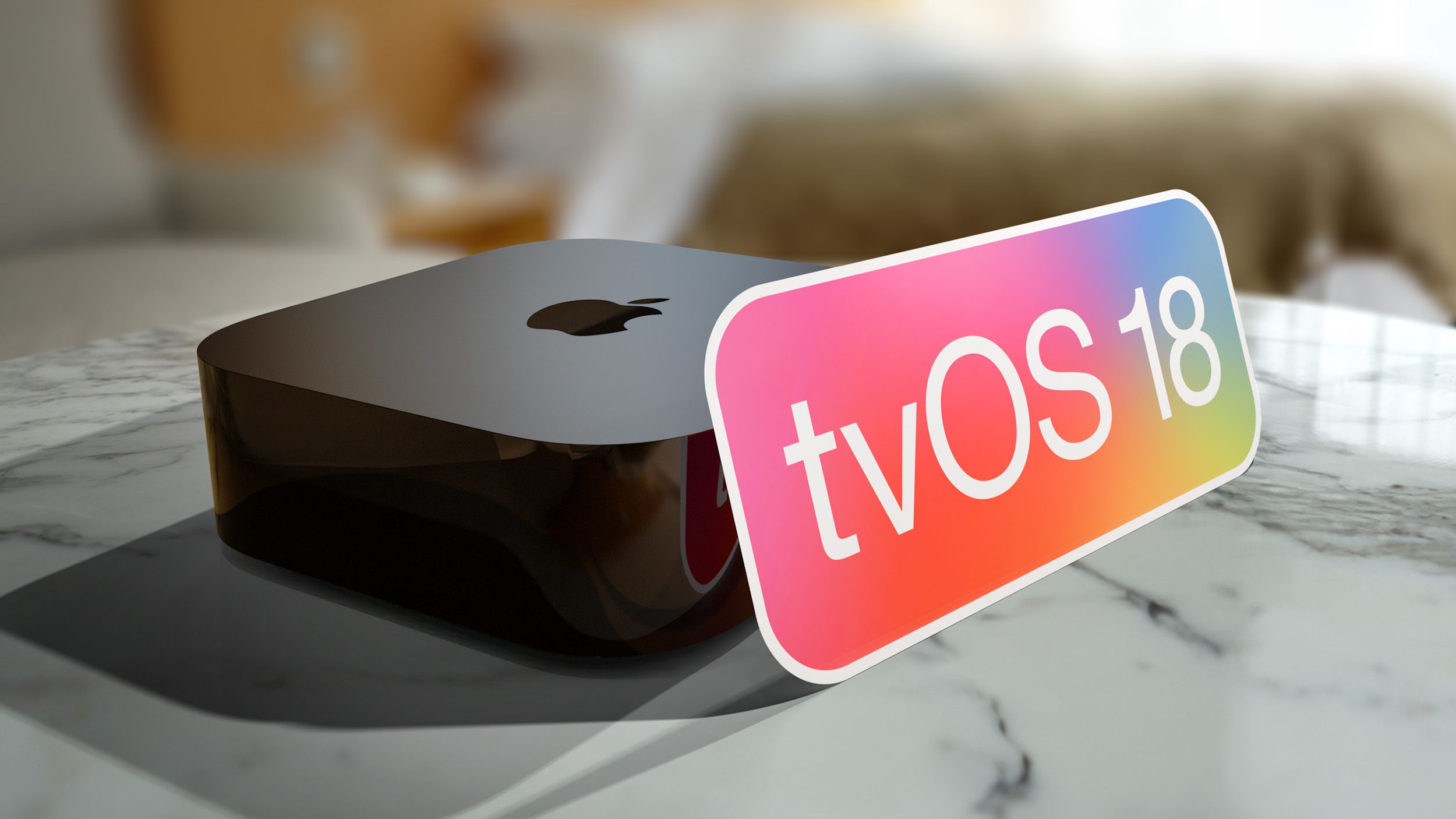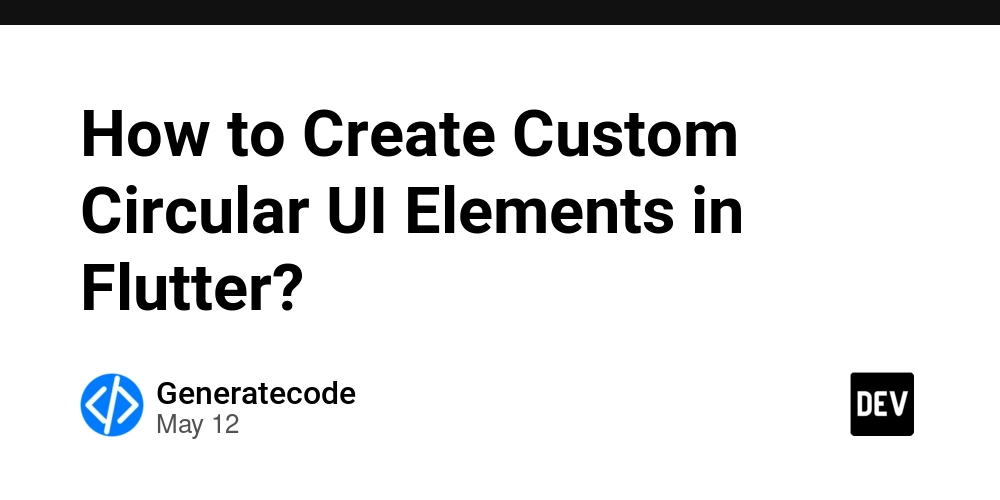What is Polkadot-Java? The Open Source Business Model, Funding, and Community Insights
Abstract This post explores the innovative Polkadot-Java framework—a Java library designed to interact with the Polkadot blockchain. We explain its open source business model, funding channels, licensing details, and vibrant community dynamics. Covering historical context, core technical concepts, real-world applications, challenges, and future trends, this post serves as an in-depth guide for developers, investors, and blockchain enthusiasts. For more background information, see the Original Article. Introduction In today’s fast-evolving blockchain ecosystem, Polkadot-Java emerges as a pioneering project that brings together the benefits of open source software, robust funding models, and active community engagement. Built on the Apache 2.0 license, Polkadot-Java offers a Java-based blockchain library that simplifies interactions with the Polkadot network. This post explains why Polkadot-Java is relevant for blockchain projects, how its funding strategies and licensing contribute to sustainability, and what its future may hold. By leveraging its open source principles, interoperable design, and strong technical foundation, Polkadot-Java is well-suited for enterprises and decentralized applications (dApps). Whether you are a developer looking to integrate blockchain technology or an investor interested in sustainable open source models, learning about Polkadot-Java is essential. Background and Context Polkadot-Java is not merely a blockchain library. It represents an ecosystem that embraces open collaboration and transparent funding mechanisms. Developed and maintained by Parity Technologies, the project aligns with Polkadot’s vision of secure, interoperable blockchain interactions. Here’s some context and background: History and Evolution: Polkadot emerged as a next-generation blockchain protocol aiming for interoperability across multiple chains. Its Java framework, Polkadot-Java, evolved in response to the need for enterprise-grade blockchain tooling in Java—the language trusted by many large organizations. Open Source Licensing: The choice of the Apache 2.0 license ensures that the project is permissive enough for commercial applications while protecting contributors. Find more details about licensing in the Best Open Source License article. Ecosystem and Community: Powered by a diverse group of developers, funders, and enthusiasts, Polkadot-Java’s community drives innovation. Its funding model includes community sponsorship, institutional grants, and even potential token-based contributions. For additional insights into open source funding models, check out Open Source Funding Case Studies. The community-driven model of Polkadot-Java not only accelerates development but also fosters cross-industry collaborations. Articles such as Bridging Islands of Innovation: The Quest for Blockchain Interoperability highlight similar trends in integrating distinct blockchain solutions and underscore the broader significance of interoperability. Core Concepts and Features Polkadot-Java is designed with a clear focus on maintaining simplicity without compromising technical depth. Its features reflect a developer-centric design in a highly modular architecture. Key Features Interoperability: Polkadot-Java aligns with the Polkadot vision by supporting cross-chain communications. This means that developers can build applications that interact with multiple blockchain networks seamlessly. Apache 2.0 Licensing: The adoption of the Apache 2.0 license fosters a transparent and permissive environment. It not only promotes open source contributions but also encourages commercial adoption. For further reading, visit the Open Source Project Sponsorship Models. Developer-Centric Design: With a well-documented API and a modular structure, the framework simplifies essential blockchain functions including account management, transaction signing, and state querying. Robust Plug-in Architecture: The modular design ensures that core blockchain functions are decoupled from utility modules. This method aids in rapid upgrades and enables customization without sacrificing stability. Technical Architecture Table Below is a simplified table highlighting key technical components of Polkadot-Java: Component Description Core API Abstracts low-level blockchain interactions for easy usage in Java applications Modular Plug-Ins Supports additional features such as custom consensus algorithms and blockchain simulations Security Modules Implements authentication, transaction signing, and account management for secure operations Utility Libraries Provides additional functions for debugging, performance analysis, and testing Funding Channels and Business Model The sustainability of Polkadot-Java is strongly linked to its diversified funding structure: Direct Sponsorship: Companies that benefit from the integration of Polkadot-Java often pro
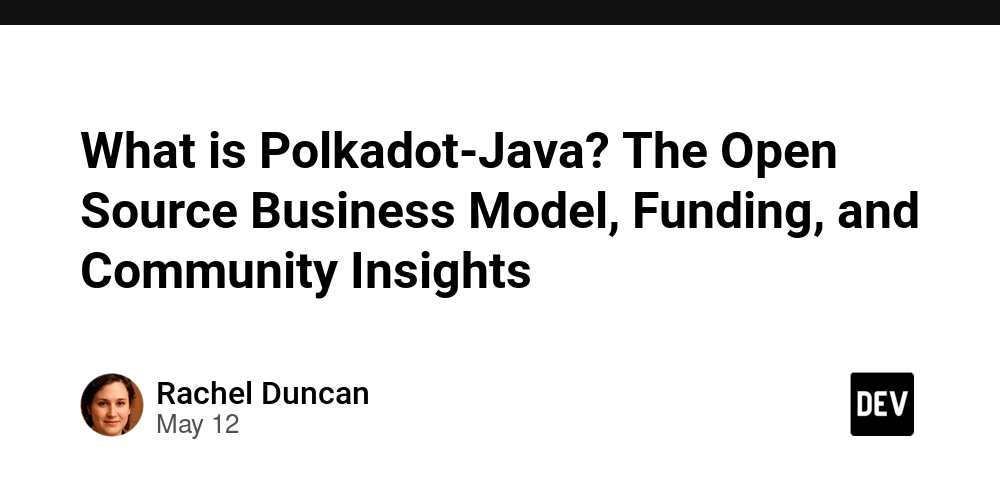
Abstract
This post explores the innovative Polkadot-Java framework—a Java library designed to interact with the Polkadot blockchain. We explain its open source business model, funding channels, licensing details, and vibrant community dynamics. Covering historical context, core technical concepts, real-world applications, challenges, and future trends, this post serves as an in-depth guide for developers, investors, and blockchain enthusiasts. For more background information, see the Original Article.
Introduction
In today’s fast-evolving blockchain ecosystem, Polkadot-Java emerges as a pioneering project that brings together the benefits of open source software, robust funding models, and active community engagement. Built on the Apache 2.0 license, Polkadot-Java offers a Java-based blockchain library that simplifies interactions with the Polkadot network. This post explains why Polkadot-Java is relevant for blockchain projects, how its funding strategies and licensing contribute to sustainability, and what its future may hold.
By leveraging its open source principles, interoperable design, and strong technical foundation, Polkadot-Java is well-suited for enterprises and decentralized applications (dApps). Whether you are a developer looking to integrate blockchain technology or an investor interested in sustainable open source models, learning about Polkadot-Java is essential.
Background and Context
Polkadot-Java is not merely a blockchain library. It represents an ecosystem that embraces open collaboration and transparent funding mechanisms. Developed and maintained by Parity Technologies, the project aligns with Polkadot’s vision of secure, interoperable blockchain interactions. Here’s some context and background:
- History and Evolution: Polkadot emerged as a next-generation blockchain protocol aiming for interoperability across multiple chains. Its Java framework, Polkadot-Java, evolved in response to the need for enterprise-grade blockchain tooling in Java—the language trusted by many large organizations.
- Open Source Licensing: The choice of the Apache 2.0 license ensures that the project is permissive enough for commercial applications while protecting contributors. Find more details about licensing in the Best Open Source License article.
- Ecosystem and Community: Powered by a diverse group of developers, funders, and enthusiasts, Polkadot-Java’s community drives innovation. Its funding model includes community sponsorship, institutional grants, and even potential token-based contributions. For additional insights into open source funding models, check out Open Source Funding Case Studies.
The community-driven model of Polkadot-Java not only accelerates development but also fosters cross-industry collaborations. Articles such as Bridging Islands of Innovation: The Quest for Blockchain Interoperability highlight similar trends in integrating distinct blockchain solutions and underscore the broader significance of interoperability.
Core Concepts and Features
Polkadot-Java is designed with a clear focus on maintaining simplicity without compromising technical depth. Its features reflect a developer-centric design in a highly modular architecture.
Key Features
Interoperability:
Polkadot-Java aligns with the Polkadot vision by supporting cross-chain communications. This means that developers can build applications that interact with multiple blockchain networks seamlessly.Apache 2.0 Licensing:
The adoption of the Apache 2.0 license fosters a transparent and permissive environment. It not only promotes open source contributions but also encourages commercial adoption. For further reading, visit the Open Source Project Sponsorship Models.Developer-Centric Design:
With a well-documented API and a modular structure, the framework simplifies essential blockchain functions including account management, transaction signing, and state querying.Robust Plug-in Architecture:
The modular design ensures that core blockchain functions are decoupled from utility modules. This method aids in rapid upgrades and enables customization without sacrificing stability.
Technical Architecture Table
Below is a simplified table highlighting key technical components of Polkadot-Java:
| Component | Description |
|---|---|
| Core API | Abstracts low-level blockchain interactions for easy usage in Java applications |
| Modular Plug-Ins | Supports additional features such as custom consensus algorithms and blockchain simulations |
| Security Modules | Implements authentication, transaction signing, and account management for secure operations |
| Utility Libraries | Provides additional functions for debugging, performance analysis, and testing |
Funding Channels and Business Model
The sustainability of Polkadot-Java is strongly linked to its diversified funding structure:
- Direct Sponsorship: Companies that benefit from the integration of Polkadot-Java often provide direct financial or technical support.
- Community Donations: Contributions from individual developers and blockchain enthusiasts help fund ongoing improvements.
- Grants and Institutional Support: Various grants from blockchain institutions and government-backed initiatives contribute to the long-term viability of the project.
For more detailed funding mechanisms, explore Funding for Blockchain Projects in Emerging Markets.
Additional Open Source Funding Insights
A recent Open Source Funding for Maintenance – Ensuring Sustainability post provides practical guidance on ensuring the financial health of open source projects similar to Polkadot-Java. Likewise, Elon Musk’s Open Source Journey: A Catalyst for Innovation offers perspective on how influential figures contribute to sustainable open source models.
Applications and Use Cases
Polkadot-Java finds use in a variety of real-world scenarios, thanks to its robust framework and developer-friendly tools.
Practical Examples
Decentralized Finance (DeFi):
Many DeFi applications require reliable and secure blockchain interactions. Using Polkadot-Java, developers can build secure DeFi platforms with improved interoperability, which is crucial for platforms that require cross-chain capabilities.Enterprise Solutions:
Organizations looking to leverage blockchain for supply chain management, digital identity, or secure transactions appreciate the strong modularity and security provided by Polkadot-Java. Enterprises benefit from integrating blockchain with existing Java-based systems.NFT Development:
Increasingly, developers are exploring blockchain as a base for NFTs. Polkadot-Java is used in projects that interface with NFT marketplaces. For example, consider the strategies shared in Open Source Tools for NFT Development to ensure transparency and intellectual property protection.
Use Cases in a Bullet List
- Decentralized Finance (DeFi) Applications: Enhanced security and cross-chain transaction support
- Enterprise Blockchain Integration: Streamlined connection of existing Java systems to blockchain networks
- NFT Marketplaces and Digital Asset Management: Facilitation of secure, scalable NFT development and management
Challenges and Limitations
While Polkadot-Java presents a robust framework, there are technical and adoption-related challenges that need addressing:
Integration Complexity:
Even with a modular design, integrating blockchain capabilities into legacy systems can introduce compatibility issues. Increased collaboration with third-party developers and frequent updates are essential to overcome these hurdles.Scalability Concerns:
As the user base grows, scaling the infrastructure without compromising security is a persistent challenge. Special attention is required to ensure transaction throughput remains high during peak usage.Tokenization and Future Funding Models:
While traditional funding methods have supported Polkadot-Java so far, the increasing adoption of token-based contributions may introduce regulatory and technical complexities.Community Coordination:
Maintaining clear communication and effective governance between core contributors, sponsors, and end-users is another challenge. Open source projects must continually innovate to manage diverse contributions effectively.
Future Outlook and Innovations
The future of Polkadot-Java is closely tied to emerging trends in both blockchain technology and open source funding.
Anticipated Trends
Integration of Tokenomics:
As innovations around tokenizing open source contributions grow, Polkadot-Java could integrate digital tokens to represent voting rights or revenue-sharing models. Learn more about potential innovations in Tokenizing Open Source Licenses.Enhanced Interoperability:
With increased interchain communications on the horizon, Polkadot-Java is expected to further refine its interoperability features. This will allow developers to easily bridge data and value between different blockchain networks.Improved Developer Tools:
The evolution of integrated development environments (IDEs) and debugging tools aimed at blockchain technology may further decrease the barrier of entry for new developers. Expect enhanced documentation, sample projects, and community support resources to emerge.Broader Institutional Support:
Larger corporations and governments are recognizing the potential of blockchain technology for secure data exchange and digital transformation. This institutional backing will likely translate into increased funding, research initiatives, and collaboration opportunities within the Polkadot-Java ecosystem.
Innovations in Open Source Ecosystems
In addition to token-based funding, other innovations are on the horizon:
Decentralized Governance Tools:
New governance frameworks will empower community members to actively shape the direction of projects through voting systems and distributed decision-making.Automated Compliance and Audit Tools:
As regulatory requirements for blockchain applications evolve, we can expect automated tools to be developed that help ensure code compliance and transparent project governance.
For further details on sustainable funding and emerging innovations, be sure to review Sustainable Funding for Open Source and insights shared in Community Engagement Strategies in Open Source Projects: A Comprehensive Guide.
Summary
Polkadot-Java represents a cutting-edge blend of blockchain innovation and community-driven open source development. Its combination of a robust Java framework, Apache 2.0 licensing, and diversified funding models makes it a vital tool for enterprises and developers keen to harness the power of the Polkadot network. While challenges remain in terms of scalability, integration complexity, and evolving governance, the future remains promising as innovations continue to drive the project forward.
Key Takeaways:
- Polkadot-Java is an essential Java library for interacting with the Polkadot blockchain.
- Its open source business model and commitment to Apache 2.0 licensing have fueled widespread adoption and transparent collaboration.
- The project benefits from multiple funding channels, including community donations, direct sponsorship, and grants, ensuring sustainability.
- Applications span decentralized finance, enterprise integrations, and NFT development, with growing support for token-based contributions in the future.
As the blockchain industry evolves, initiatives like Polkadot-Java play a pivotal role in demonstrating how technological innovation, robust funding strategies, and active community governance can drive success. With emerging trends poised to further revolutionize blockchain interoperability, Polkadot-Java continues to be at the forefront of open source blockchain innovation.
For further explorations of blockchain interoperability, check out Polkadot's Official Website. Additionally, you may find related insights in Open Source on OpenSea, which discusses digital asset integration in the context of open source projects.
Additional Resources:
- Open Source Funding for Maintenance – Ensuring Sustainability
- Bridging Islands of Innovation: The Quest for Blockchain Interoperability
- Elon Musk’s Open Source Journey: A Catalyst for Innovation
Conclusion
In summary, Polkadot-Java not only simplifies blockchain integration for Java developers but also sets a benchmark for open source funding and community collaboration in the blockchain sphere. Its innovative approach to combining technical excellence with sustainable funding models embodies the future of decentralized technology. By embracing modern practices like tokenization, enhanced interoperability, and decentralized governance, the project is positioned for further success and broader industry adoption.
This blog post has provided an in-depth exploration of Polkadot-Java’s framework, applications, challenges, and future outlook. As blockchain technology continues to mature, Polkadot-Java stands as a testament to the power of community, collaboration, and cutting-edge innovation. Whether you are exploring enterprise applications or contributing to open source projects, the insights shared here will help guide your journey into the rapidly evolving world of blockchain technology.
Stay tuned for future updates as Polkadot-Java and related projects continue to redefine the boundaries of blockchain interoperability and open source funding.







































































































































































![[The AI Show Episode 145]: OpenAI Releases o3 and o4-mini, AI Is Causing “Quiet Layoffs,” Executive Order on Youth AI Education & GPT-4o’s Controversial Update](https://www.marketingaiinstitute.com/hubfs/ep%20145%20cover.png)










































































































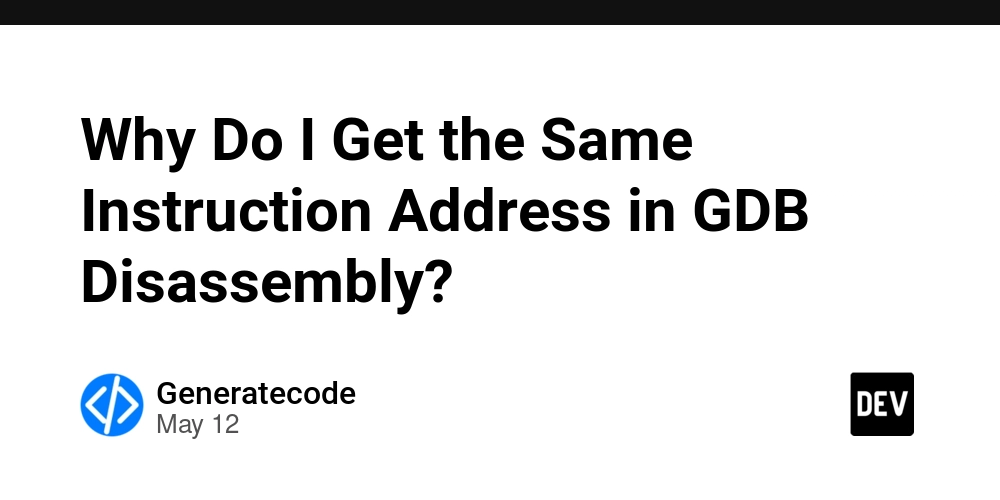
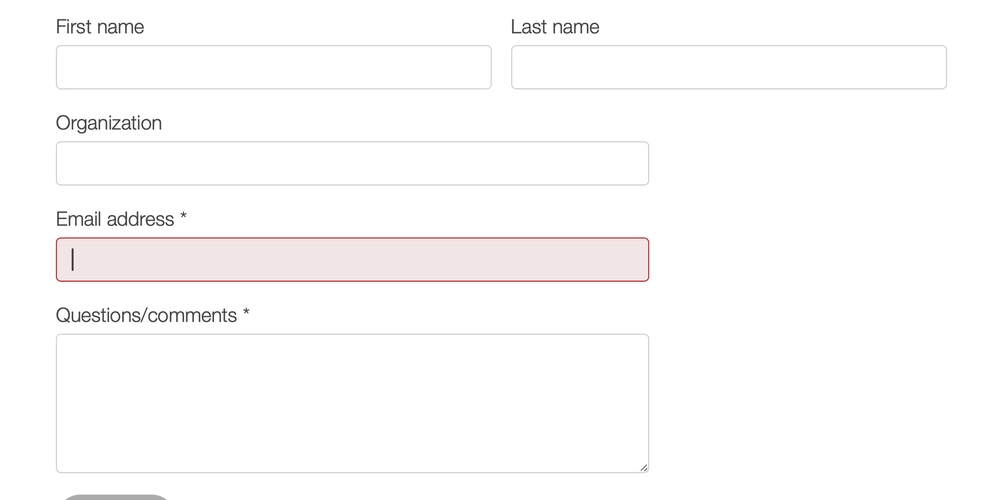
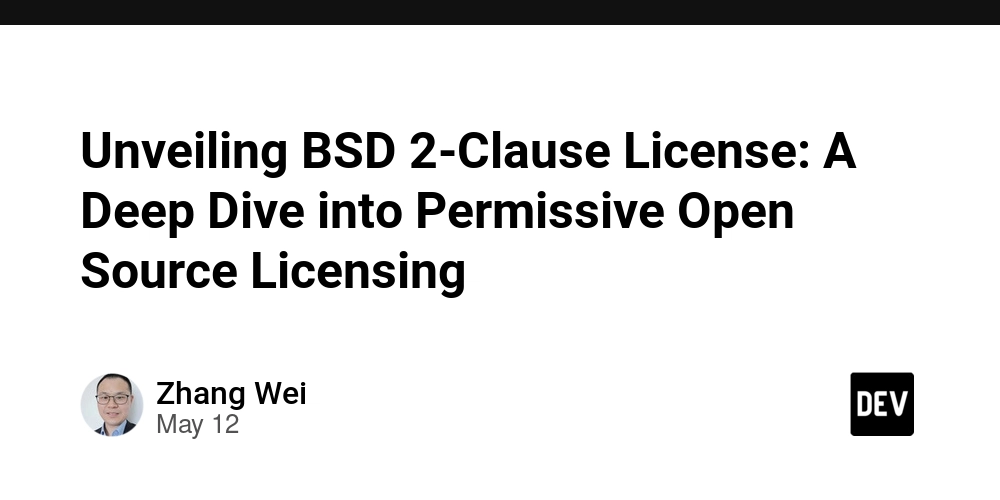

















![Ditching a Microsoft Job to Enter Startup Purgatory with Lonewolf Engineer Sam Crombie [Podcast #171]](https://cdn.hashnode.com/res/hashnode/image/upload/v1746753508177/0cd57f66-fdb0-4972-b285-1443a7db39fc.png?#)



















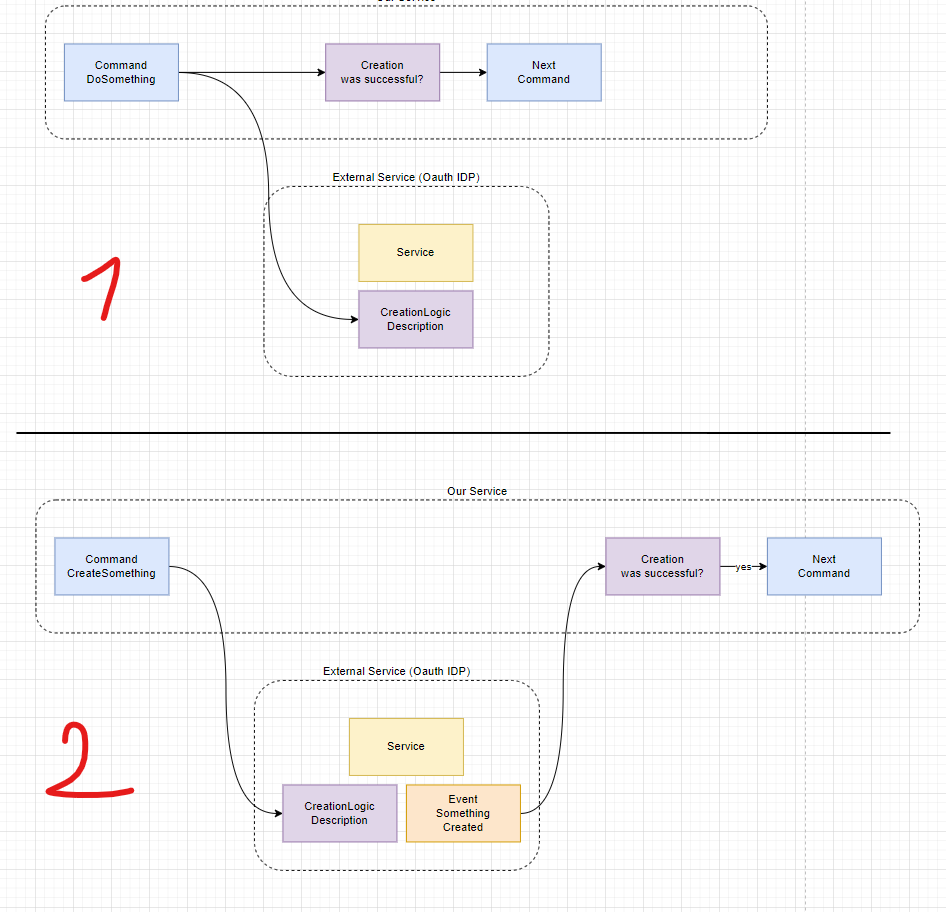















































































































_Piotr_Adamowicz_Alamy.jpg?width=1280&auto=webp&quality=80&disable=upscale#)

_designer491_Alamy.jpg?width=1280&auto=webp&quality=80&disable=upscale#)













































































-xl-xl-xl.jpg)
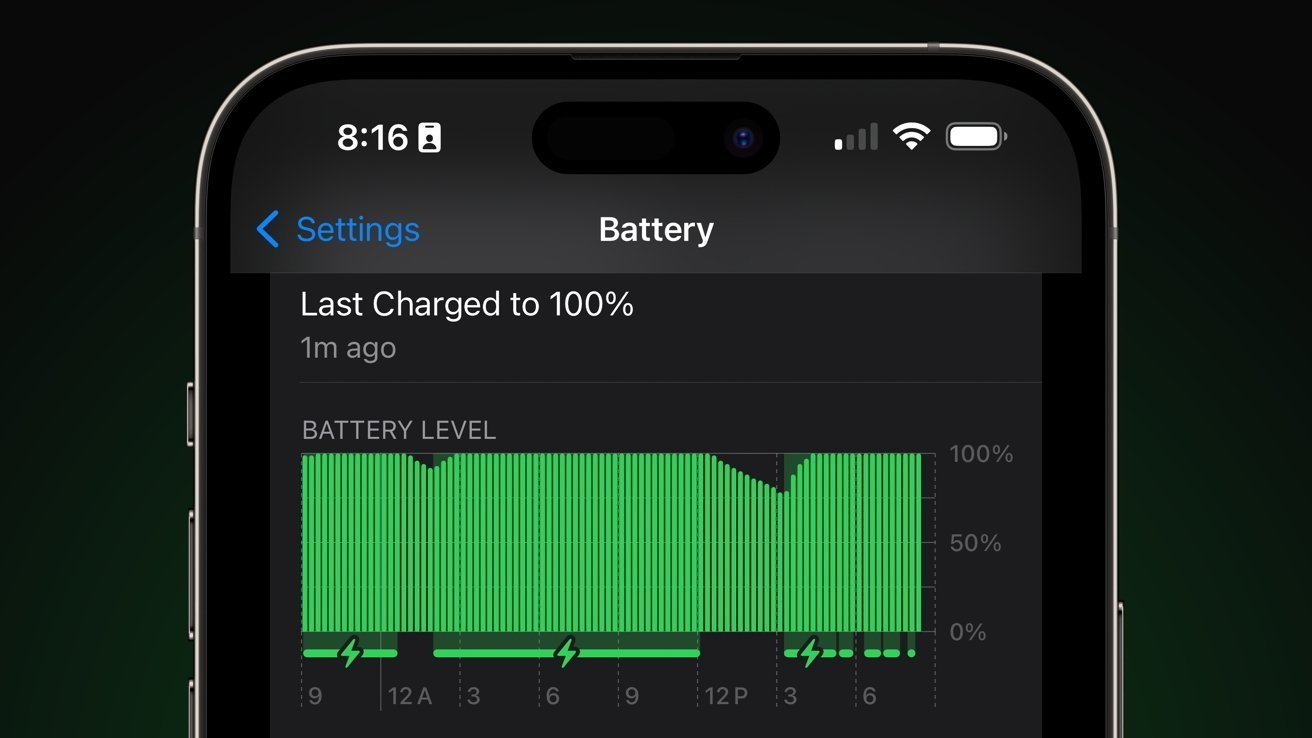





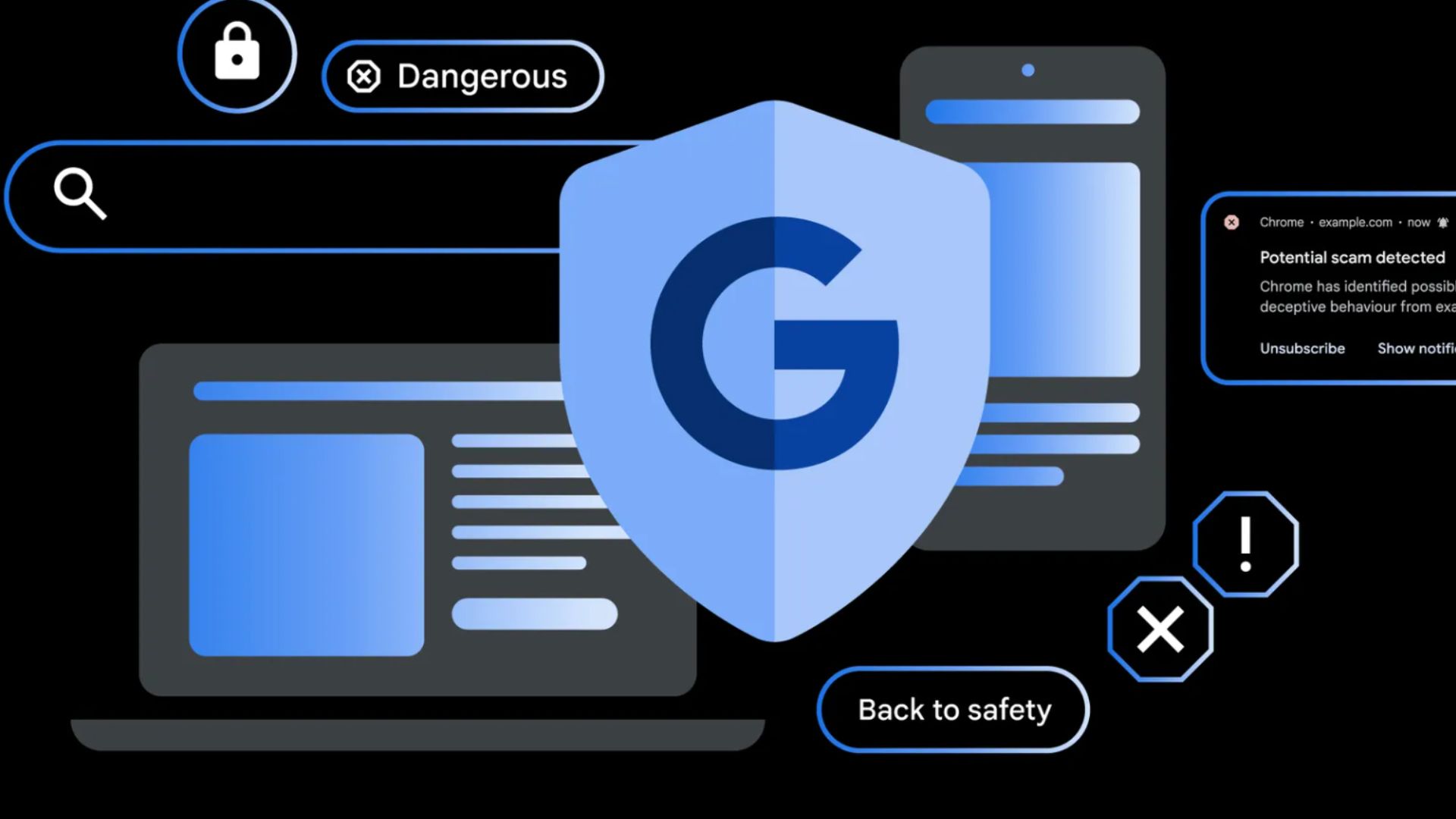




















![Apple Officially Releases macOS Sequoia 15.5 [Download]](https://www.iclarified.com/images/news/97308/97308/97308-640.jpg)

